It is said, often with tongue firmly in cheek, that while Ireland produces literature and theater that punches well above its weight, the nation rarely makes it to the ring when it comes to the visual arts. In polite Dublin circles, explanations are occasionally wheeled out: as a traditionally oral, storytelling culture, the word usually gets precedence over the image; that as the country emerged from British rule, it shirked some forms of visual experimentation, seeing them as bourgeois.
Others have challenged this apparent orthodoxy — like writer Justin Carville — pointing to the country’s rich, if sometimes forgotten, homegrown visual and photographic history — one that exists outside images of green hills etched in the minds of tourists.
“There is definitely a massive, well-informed arts scene here in terms of artists and curators,” says Angel Luis Gonzalez Fernandez, founder and director of the annual Photo Ireland festival. “But photography, perhaps, has been considered the little sister of the arts until recently.”
“Things are changing quickly,” he adds. “Since the 1980s, photographers here have helped develop university programs in photography, which has, in turn, helped generate young practitioners. Now there is a more dynamic scene — it’s almost like a kind of harvest period.”
Indeed, photographers such as Richard Mosse — who received widespread acclaim for his powerful infrared work from the Democratic Republic of Congo — have thrust Irish photography onto the global stage. With that in mind, and to celebrate St Patrick’s Day, TIME presents its choice of the most exciting Irish photographers working today.
Ross McDonnell (Dublin, 1979) As anti-government protests escalated in Kiev, Ukraine in early 2014, Dubliner Ross McDonnell was on the front line producing stirring documentary photography. His view through a smashed bus window in the capital gave readers a sublime, otherworldly view of the unrest and was later chosen by TIME as one of the top 10 photographs of 2014. McDonnell, who also works as a cinematographer and documentary filmmaker, produces rich, cinema-like still images while seeming to direct photographically inspired video.
Kim Haughton (Dublin, 1974) A multi-award winning photographer, Dublin-born Haughton’s work is at once sparse and textured. Her Shadowlands series documented the nation’s ghost estates — housing subdivisions left unfinished after the country’s economic crash in 2008 — and became a visual byword for its post-boom years. An image from the series was chosen by the Guardian as one of only 11 representing history of Europe from 1945 to 2011 and TIME recently featured her haunting work documenting the sites where child abuse took place throughout the country.
Lorcan Finnegan (Dublin, 1979) A seasoned photographer, motion designer, editor and film director, Finnegan worked for British journalist and commentator Charlie Brooker‘s production company for several years. Now, with a love for the gnarlier side of life, he takes to the streets of Dublin with his cellphone in search of the delightfully off-beat. His popular Instagram account often sees him turn his lens on elderly men and women making their way around the city’s markets — giving us a view of the capital that most tourists, and indeed most locals, hardly ever see. Finnegan published a selection of his mobile photography in his first book GRANNYFASHION in 2014.
Rich Gilligan (Dublin, 1981) In Rituals, Gilligan captures life in Dublin’s inner city and in the expansive outer suburb of Ballymun. Famous for its soaring tower blocks, Ballymun was often seen as the jewel in the crown of failed government social housing experiments before it got a complete overhaul in the mid-to-late 2000s. Here, Gilligan masterfully documents the quotidian in these marginalized communities, his lens bringing both warmth and affection to places often avoided by the city’s po-faced middle class. Gilligan has worked as a contributing photographer for magazines like I-D and Nylon and TIME recently featured his work on homemade skateparks.
Anthony Haughey (Armagh, 1963) Haughey is perhaps one of Ireland’s best-known photographers. A lecturer and PhD supervisor in one of the country’s most prominent photography courses, his powerful, moving work deals with issues arising in conflict and border areas. His series Aftermath discusses the effects of the Northern Irish conflict on the border county of Louth in the Republic of Ireland. Excavation, a film he made in Srebrenica 20 years after the genocide, is currently on show in Limerick, Ireland.
Shannon Guerrico (Paris, 1983) Irish-Argentinian Guerrico is a fine art photographer based in Lausanne, Switzerland. Her work has been exhibited in Ireland, France and many other countries. She often uses existing paintings or illustrations as a jumping off point for her art, with many being photographs of illustrations which are later altered. Her body of work, which ranges from beautiful scientific-seeming still life images to intriguing portraits of what look like dissected body parts, is perhaps unified by her problematizing of the subjects before her lens: very often we are not sure what we are looking at.
Niall O’Brien (Dublin, 1979) O’Brien’s series Porn Hurts Everyone, like much of his work, is infused with a dreamy suburban languidness. Here, teenagers and twenty-somethings seem immersed in a largely parent-free world, one in which adults sometimes feature as wacky fringe elements or, in his others series, as anonymous disciplinarians. Born and educated in the Irish capital but resident in London, the photographer has an eye for Americana, which he captures with care — he often spends years curating his own projects — and with a clear respect for his subjects.
Kieran Doherty (Dover, 1968) Doherty, who spent years working as a Reuters wire photographer, has covered everything from the conflict in Northern Ireland to the immediate aftermath of the 2003 Iraq war and from the Olympic Games to the Wimbledon Championships. He bagged first place in the sports stories category at World Press Photo this year for the series Ground Pass Holders — a title referring to a sort of steerage-level ticket for Wimbledon that only allows holders to walk through the alleys between the main tennis courts. The images are a warm, playful side look at an event that Doherty himself covered in a straight-up fashion for years.
Jack Caffrey (Dublin, 1977) A photo editor and photographer for the Irish Farmers Journal, Caffrey’s popular Instagram account is one of Ireland’s most captivating feeds. As beautiful as they are frank, Caffrey’s images show us an Irish capital of bold colors, big skies and quirky ephemera. Caffrey has worked as a press photographer documenting the ever changing landscape of Irish agriculture and he was recently made a contributor for BBC Worldwide’s travel section. His photography will also feature in the World Wildlife Fund Magazine Summer 2015 edition.
Richard Conway is reporter/producer for TIME LightBox

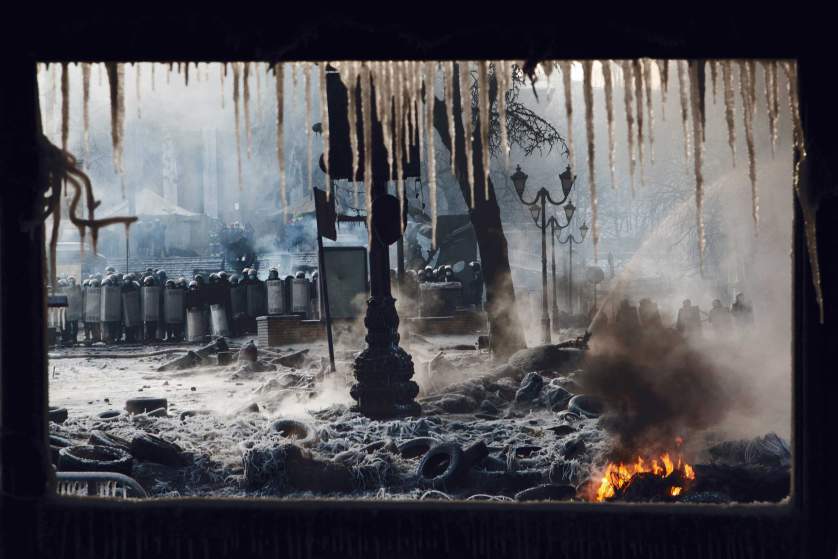
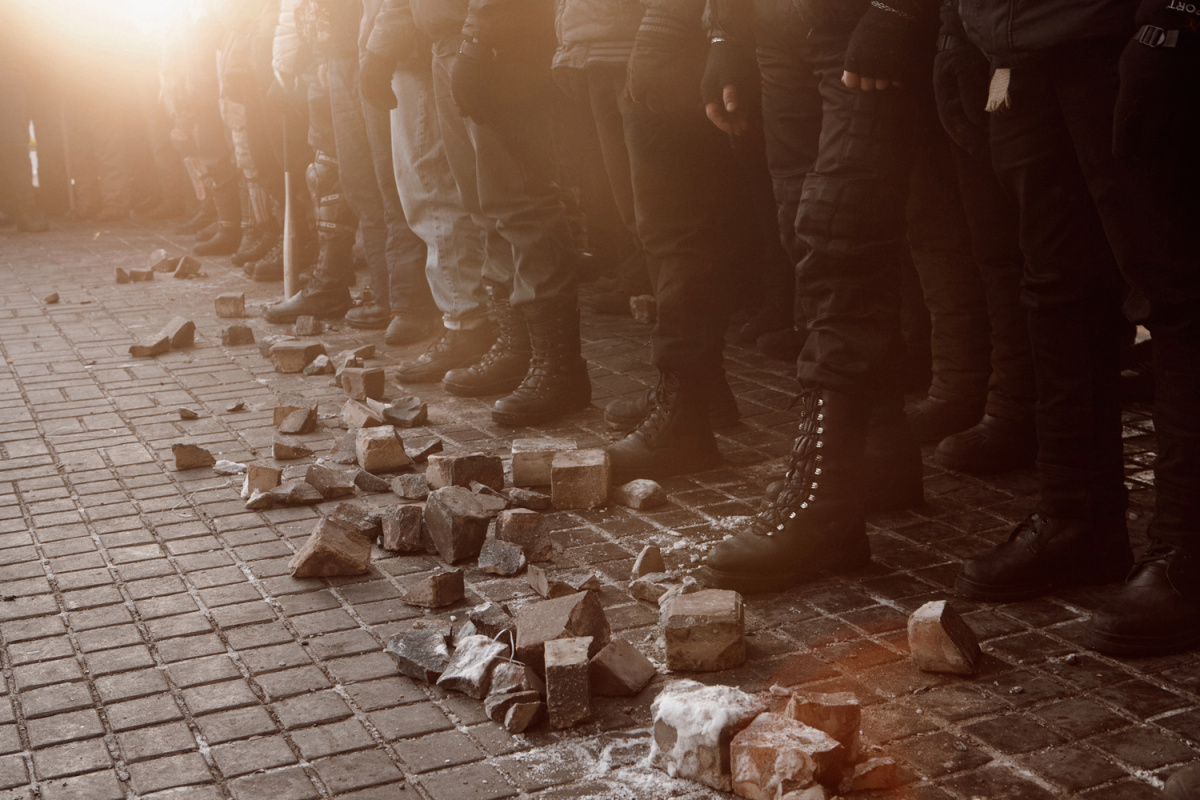
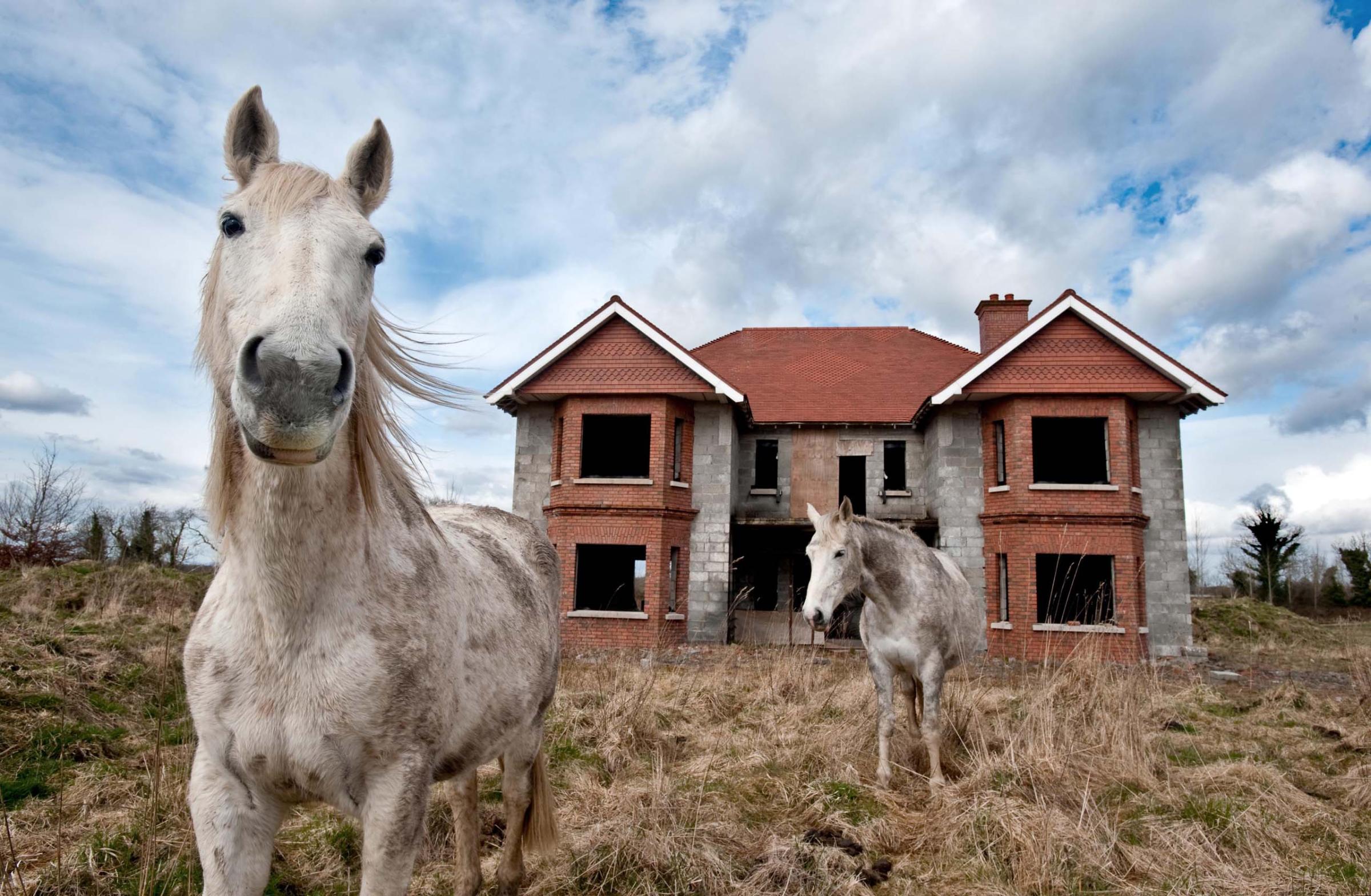


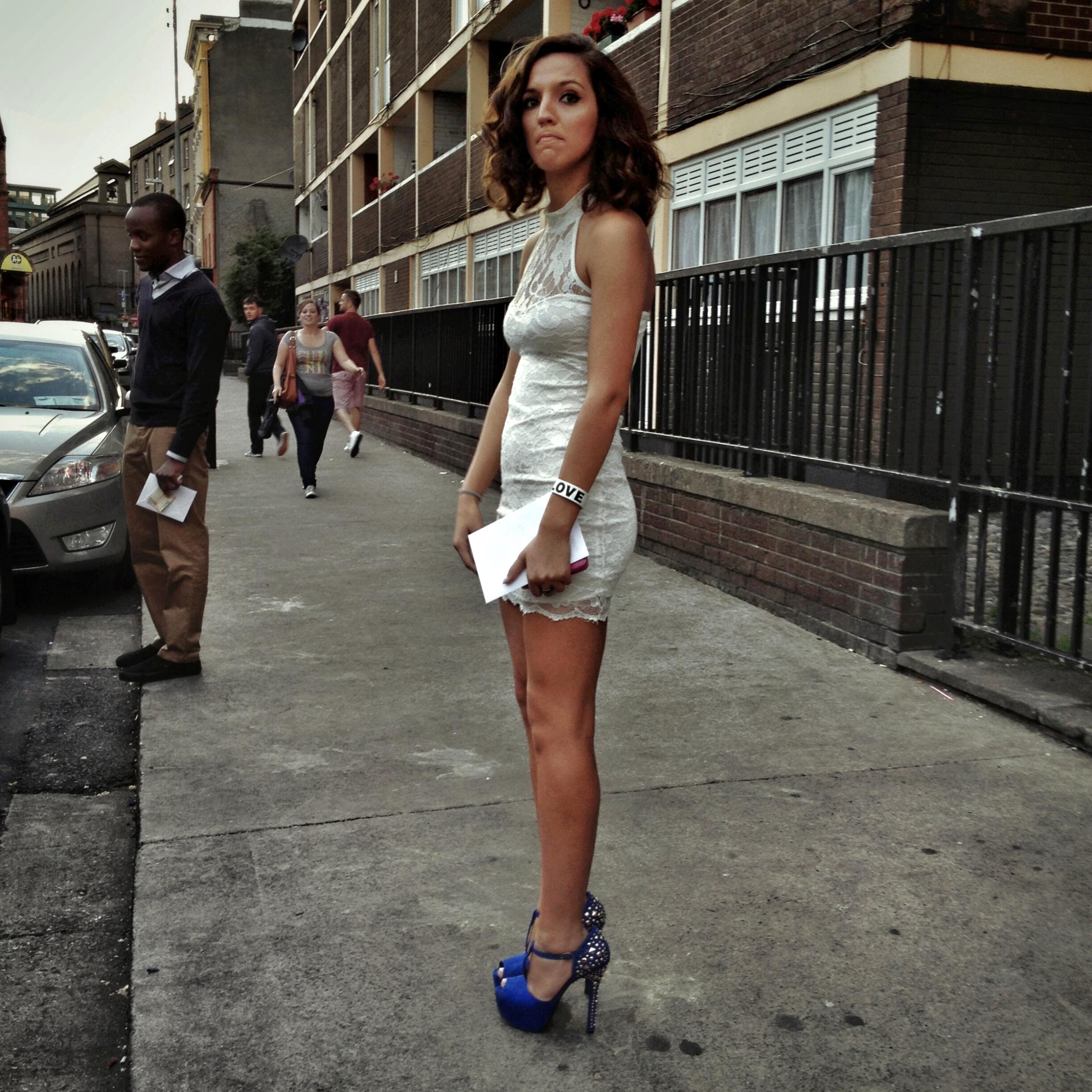
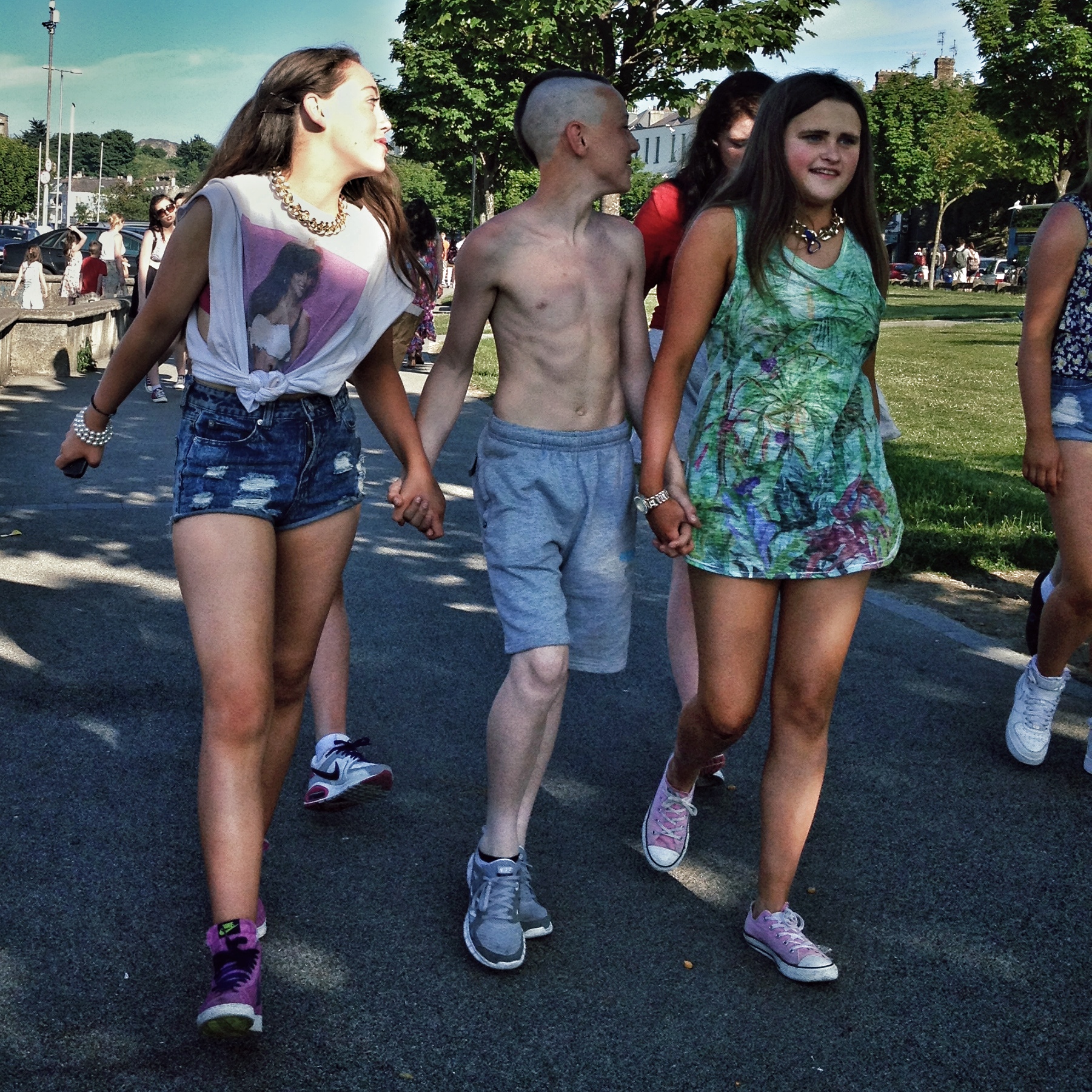

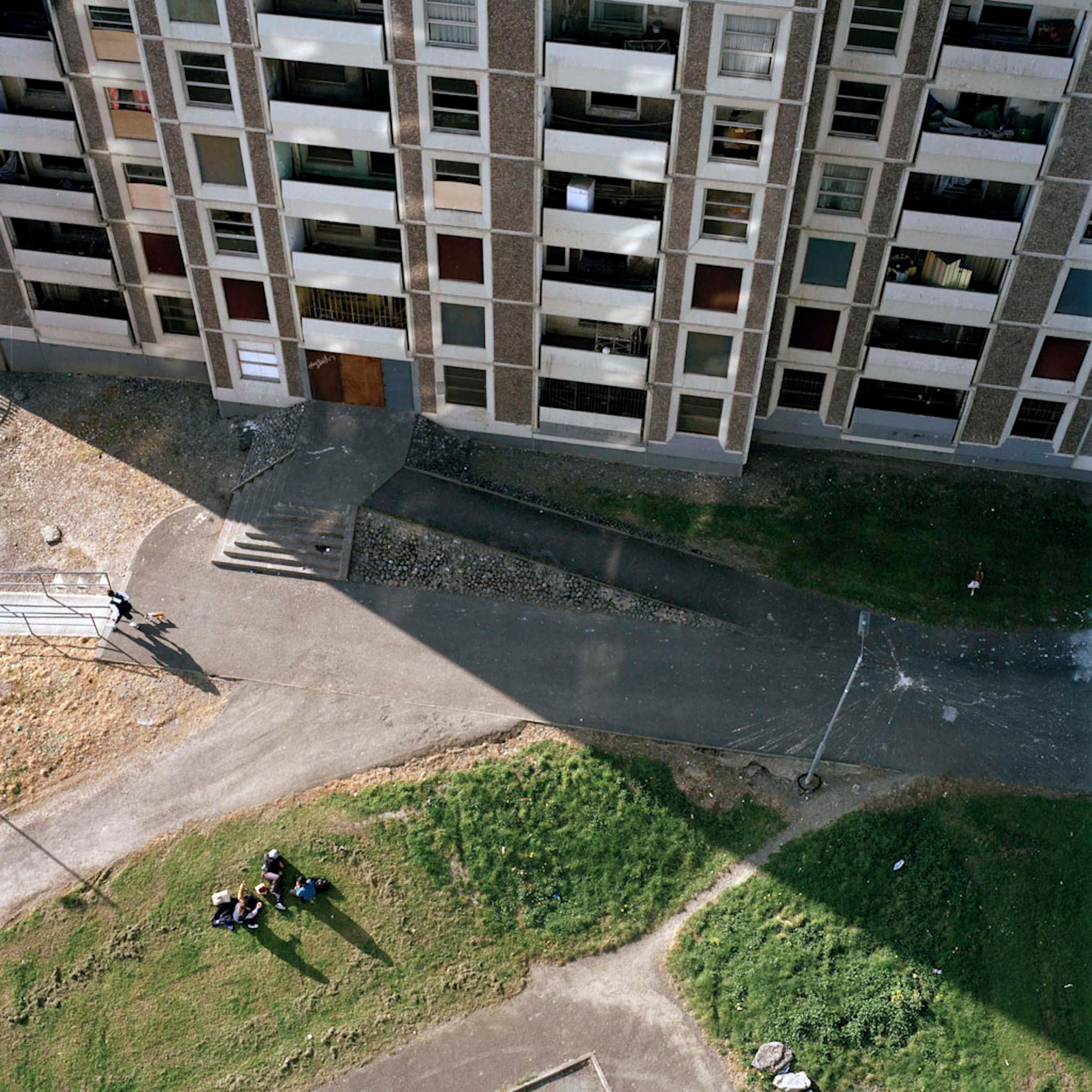
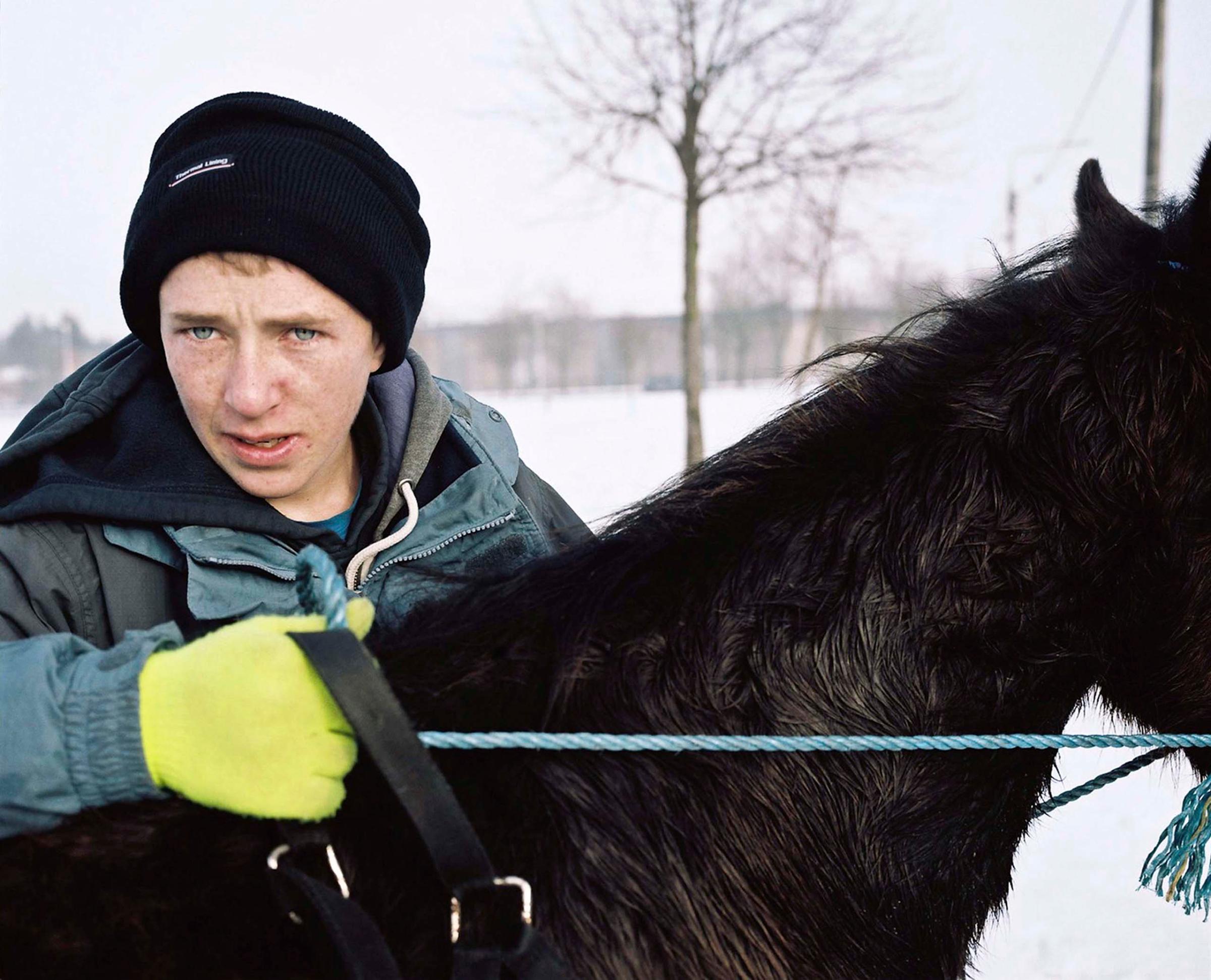



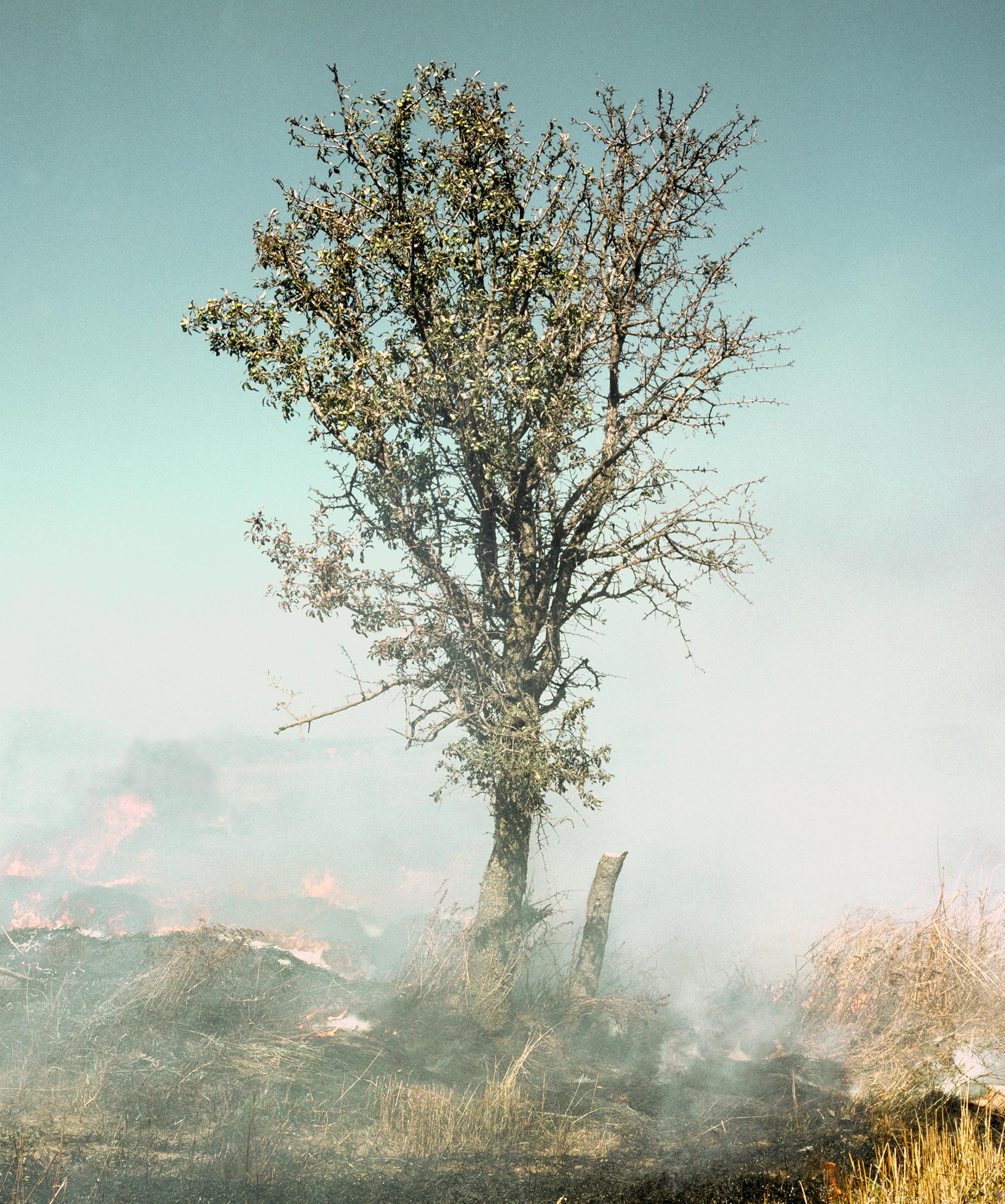




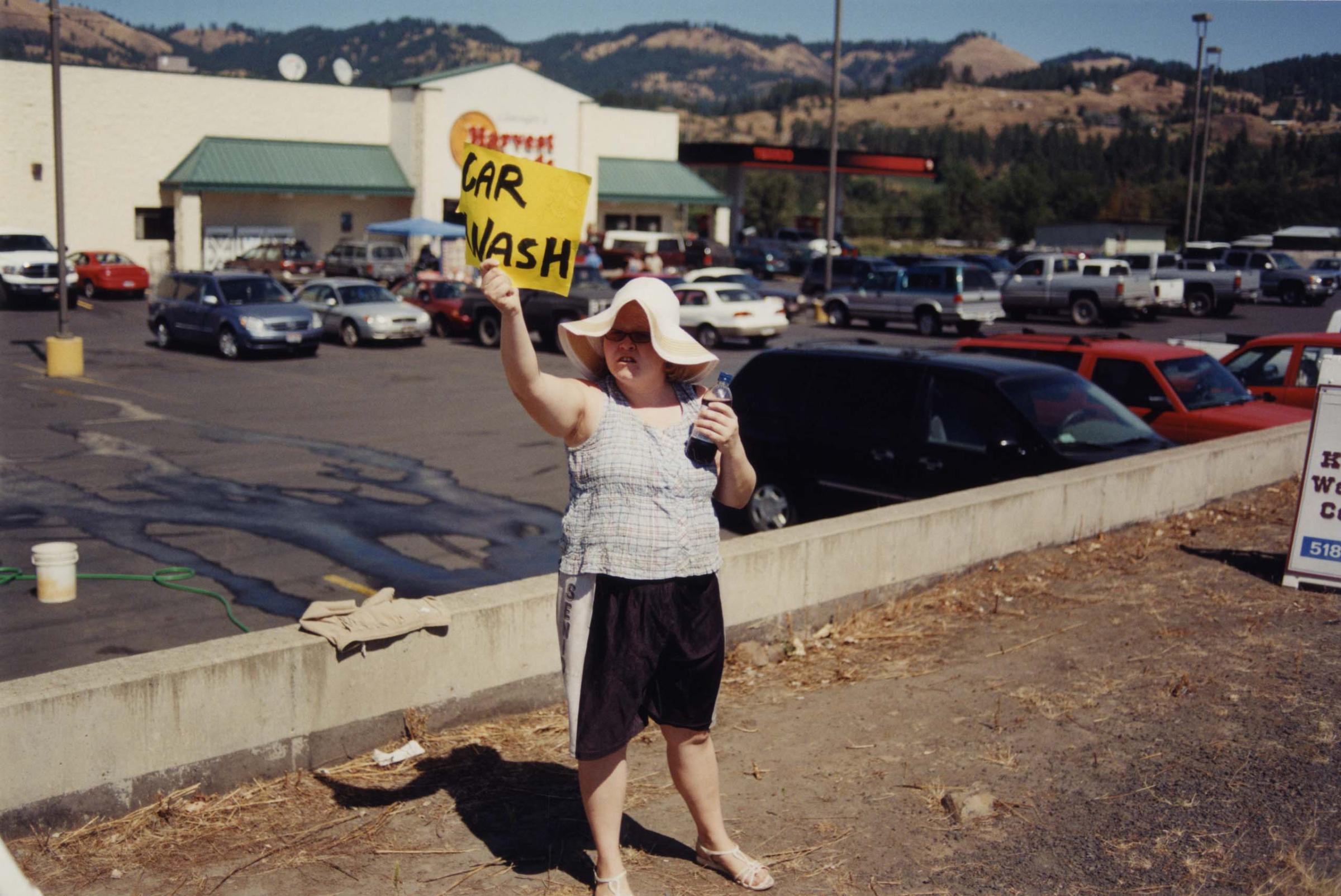
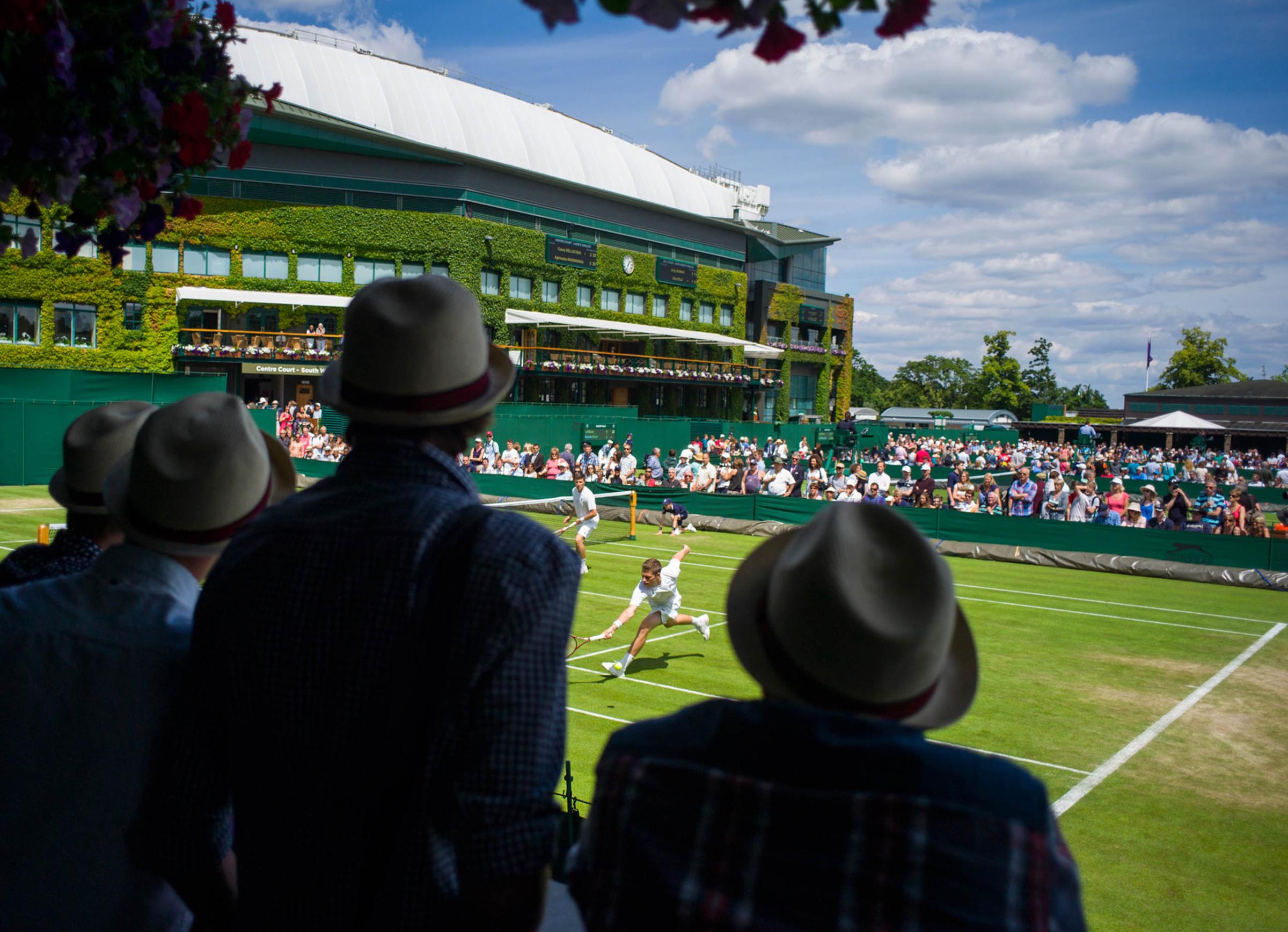
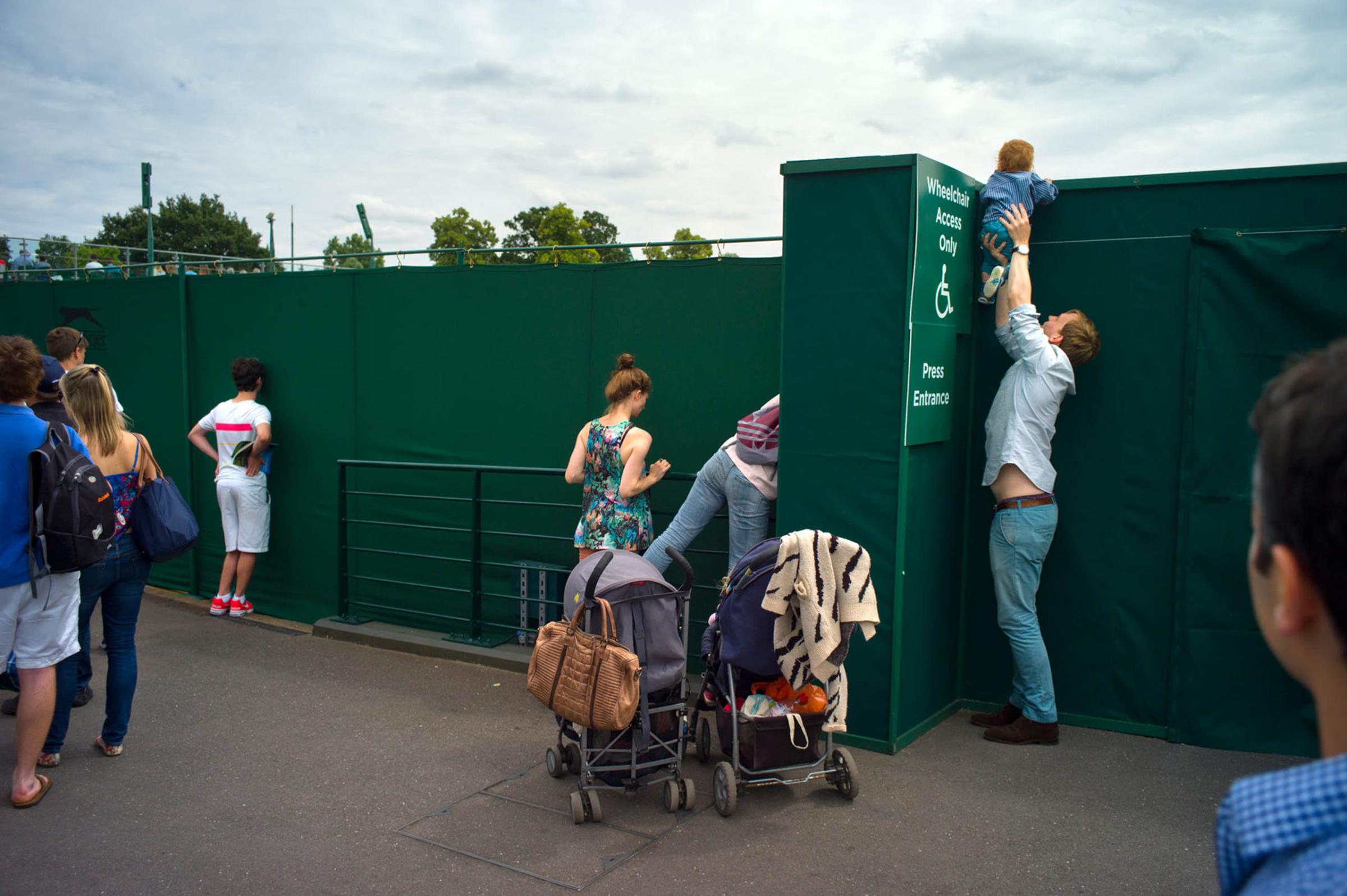




More Must-Reads from TIME
- How Donald Trump Won
- The Best Inventions of 2024
- Why Sleep Is the Key to Living Longer
- Robert Zemeckis Just Wants to Move You
- How to Break 8 Toxic Communication Habits
- Nicola Coughlan Bet on Herself—And Won
- Why Vinegar Is So Good for You
- Meet TIME's Newest Class of Next Generation Leaders
Contact us at letters@time.com